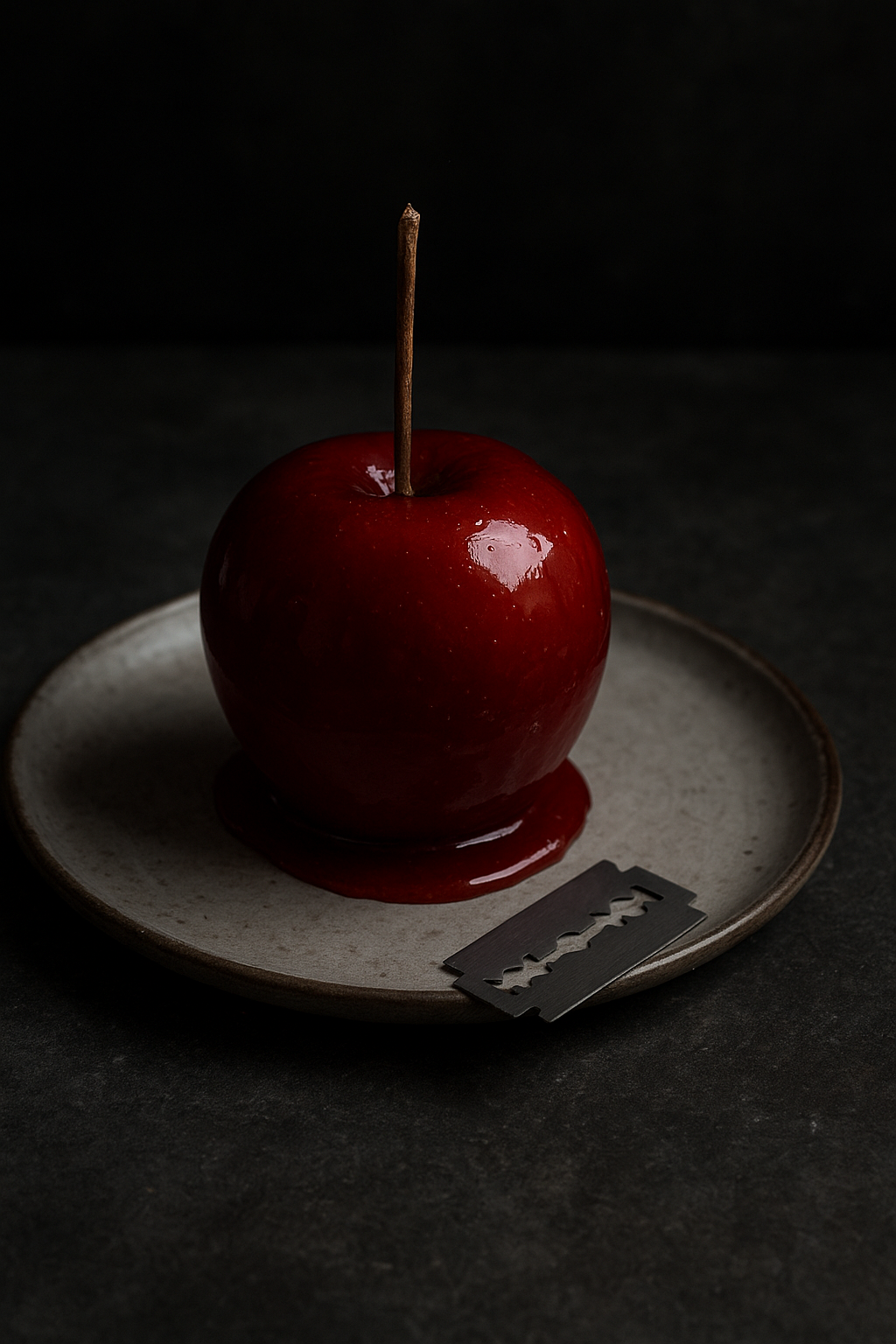
Every Halloween, parents warn their kids to check their candy before eating it. The legend of razor blades hidden in treats has become one of the most widespread fears of the season. But where did this chilling rumor come from—and is there any truth to it?
How the Razor Blade Scare Began
The panic dates back to the 1960s and 1970s, when stories began circulating in newspapers about people finding sharp objects in Halloween candy. One of the earliest reports appeared in 1968, warning parents to inspect treats for hidden dangers. Soon, the story of “razor blades in apples” spread like wildfire through neighborhoods across America.
The idea of a stranger intentionally harming children played into real fears of the time. Urban life was changing, and people no longer knew their neighbors as well as before. Halloween, with its door-to-door nature, became the perfect setting for those anxieties to surface.
What the Evidence Really Shows
Despite decades of worry, there’s very little proof that anyone has actually been injured by tampered Halloween candy. Sociologists like Joel Best, who studied every reported case since the 1950s, found almost no verified incidents of strangers intentionally inserting razors or needles into candy to harm children. Most cases were either pranks, misunderstandings, or even hoaxes created by kids or parents seeking attention.
In rare instances where sharp objects were found, they were typically traced back to people the victims already knew—not random strangers. Yet the fear persisted, reinforced by sensational news coverage and word-of-mouth.
Related: The Origins of Trick-or-Treating (It’s Older Than You Think)
Why the Urban Legend Won’t Die
The story of razor blades in candy taps into a powerful cultural fear: the danger of the unknown. It reminds us how easily fear can spread when it involves children and something as innocent as candy. Over time, this myth has become part of the Halloween tradition itself, passed down like ghost stories around a campfire.
Even today, police departments often issue warnings each October to inspect candy “just in case.” And while modern trick-or-treaters are safer than ever, the myth continues to live on in our collective imagination.
The Takeaway for Parents
While the razor blade scare may not be based on real threats, it’s still smart to keep safety in mind. Stick to sealed, store-bought treats, inspect anything that looks suspicious, and remind kids not to eat anything until they get home. Most of all, remember that Halloween is meant to be fun—not frightening.
Lisa Crow contributed to this article. She is a true crime junkie and lifestyle blogger based in Waco, Texas. Lisa is the Head of Content at Gigi’s Ramblings and Southern Bred True Crime Junkie. She spends her free time traveling when she can and making memories with her large family which consists of six children and fifteen grandchildren.